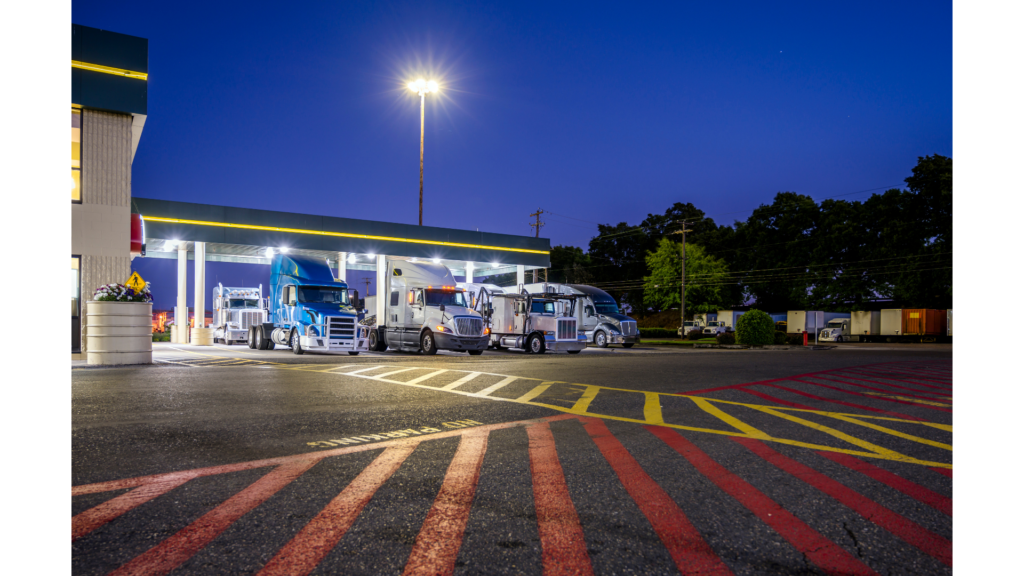The Canadian ELD mandate is fast approaching, with full compliance expected by June 12th, 2021. Before then, it’s time we fully familiarize ourselves with a couple of special categories under the American and Canadian versions of the ELD mandate.
Personal Conveyance
We explored this a little bit in our post “Differences Between U.S. And Canadian ELD Mandates” but we didn’t cover the full story. Personal Conveyance (PC) refers to any movement of a commercial motor vehicle (CMV) for personal use. This means for a PC move to be valid, it cannot be for the purpose of commercial profit to the driver or the motor carrier. That’s the basics, but there’s some nuance in terms of how Canada and the U.S. implement and regulate PC.

USA
The Federal Motor Carrier Safety Administration, the agency in charge of regulating the trucking industry in the United States, has historically been laxer in terms of their regulations. This has translated to their interpretation of personal conveyance. In the U.S., personal conveyance is pretty simple. If you have been relieved of all work and work responsibilities then your truck, trailer and/or load can be used for personal reasons. There is no time, distance or load restrictions.
Examples of valid Personal Conveyance in the U.S.:
- Driving between drivers residence and reporting location/drop lots
- Driving to find services and facilities. Such as restaurants, leisure facilities, residences and lodgings.
- Transporting personal property
Examples of invalid Personal Conveyance in the U.S.:
- Driving for the purpose of improving operational efficiency or readiness. This means anything that would potentially be used to improve the profitability of the motor carrier
- Driving to a repair facility or mechanics shop for vehicle maintenance/repairs.
- Time in between loading/unloading and a terminal
CANADA
Transport Canada had a different idea when it came to Personal Conveyance. In Canada, the restrictions on how truck drivers can maintain PC are more strict. For example, Canadian drivers are limited to driving 75 kilometres a day for personal conveyance (note: this does not mean Canadian drivers can drive freely within a 75km radius. It means 75 total kilometres travelled). There are also some requirements in terms of recording. At the start and end of the “workday”, drivers are required to record their odometer reading, subtracting the difference between on-duty Hours of Service and off-duty Personal Conveyance. This number must be recorded for upcoming inspections.

Additionally, there’s an added layer of inconvenience for Canadian drivers. CMVs working in Canada must also unhitch their load for any driving to be counted as PC over on-duty hours. Whereas CMV’s working in the U.S. have no such requirement and can drive for PC with their load attached. Presumably, this measure was included to reduce the risk of motor carriers taking advantage of or coercing their drivers to use PC time for work-related purposes. Although it presents a rather large administrative and operational hurdle for trucking operations in Canada.
Examples of valid Personal Conveyance in Canada:
- Driving between drivers residence and reporting location/drop lots within 37.5km (since you’ll also need to travel back)
- Driving to find services and facilities. Such as restaurants, leisure facilities, residences and lodgings with NO load or trailer attached.
- Transporting personal property that is not using a trailer or other related work-equipment.
Examples of invalid Personal Conveyance in Canada:
- Driving to lodging or residence that is 50km away from your reporting location.
- Driving to find services and facilities. Such as restaurants, leisure facilities, residences and lodgings WITH a load or trailer attached.
- Transporting personal property and using a trailer or other related work-equipment to do so.
YARD MOVES
Yard moves are basically those moments when a truck is technically moving and is being “driven” but it is not “going anywhere”. Meaning it has arrived at its destination (for the time being at least), but it needs to move within that destination to load, unload or perform some other work-related task. In a yard move, distance travel is recorded as on-duty but is not taken off of a driver’s “drivable” hours.
This means that although a yard move is not counted towards “drive time” it is counted within a drivers ”time limit” of working hours. This is because a driver is technically still working while performing a yard move, even if their work at the time isn’t driving from point A to point B. Since the primary reason for the ELD mandates is to improve safety for the driver and public (from exhaustion), this measure is aligned with that goal.
Guardian ELOG

The Guardian ELOG ELD has been designed to ensure easy implementation and use by drivers and fleet managers alike. The Guardian Elog uses an independent Guardian Tablet as the ELD interface, automating most functionalities and requiring very little input from drivers. Allowing them to use Personal Conveyance or Yard Move statuses with ease. If your fleet is looking to switch to ELDs before June 12th, 2021, we’re here to help. Get in touch with one of our fleet specialists today.


